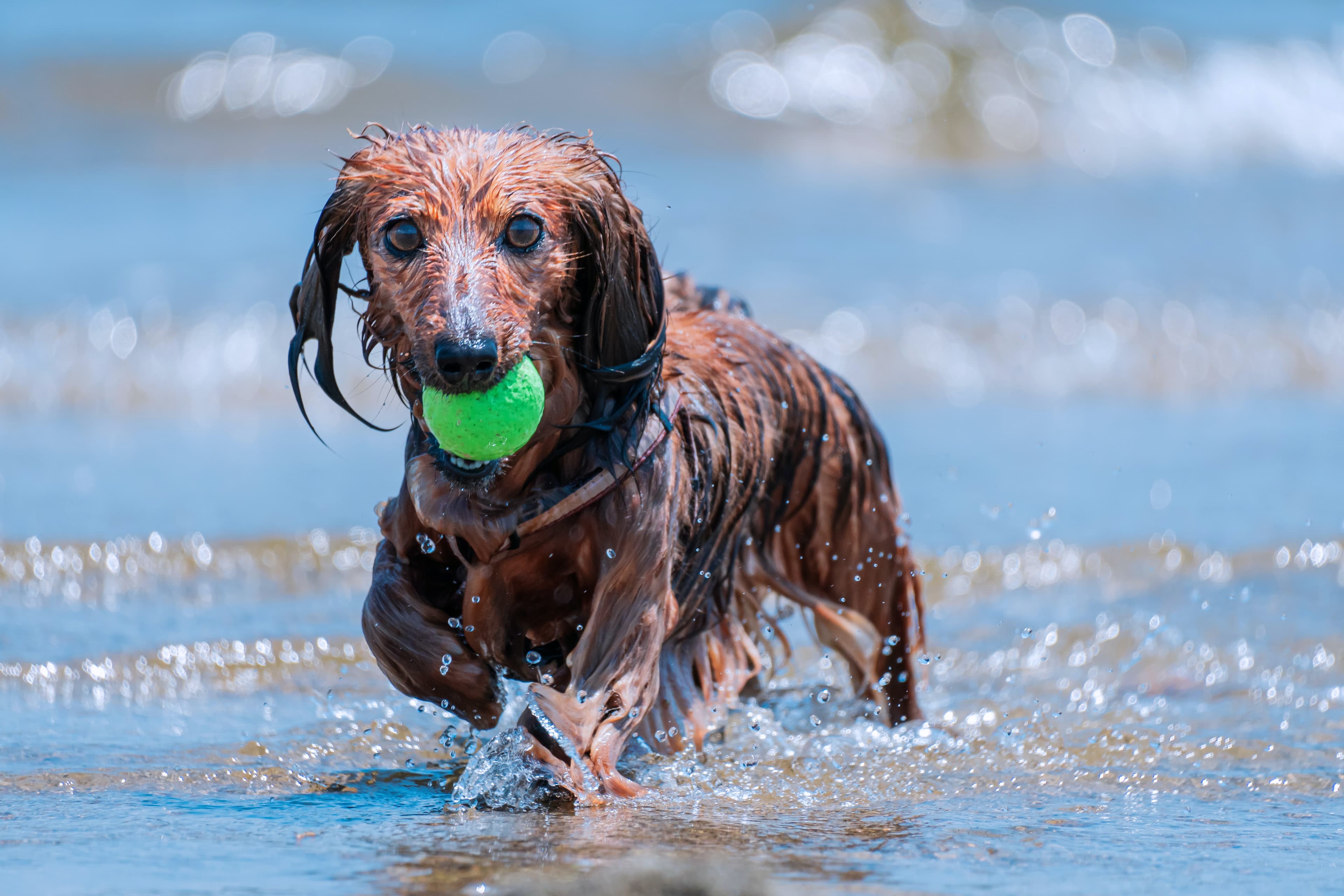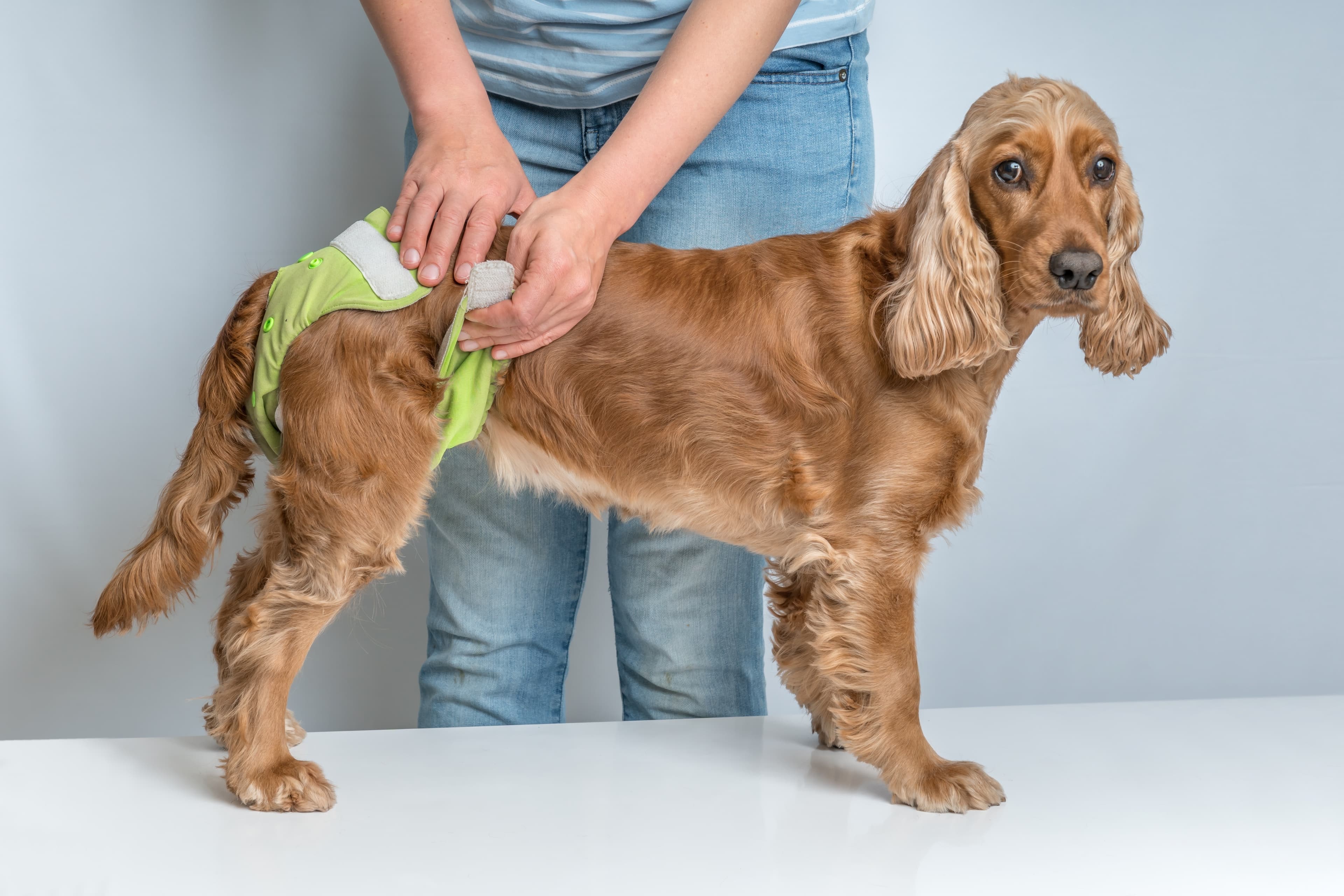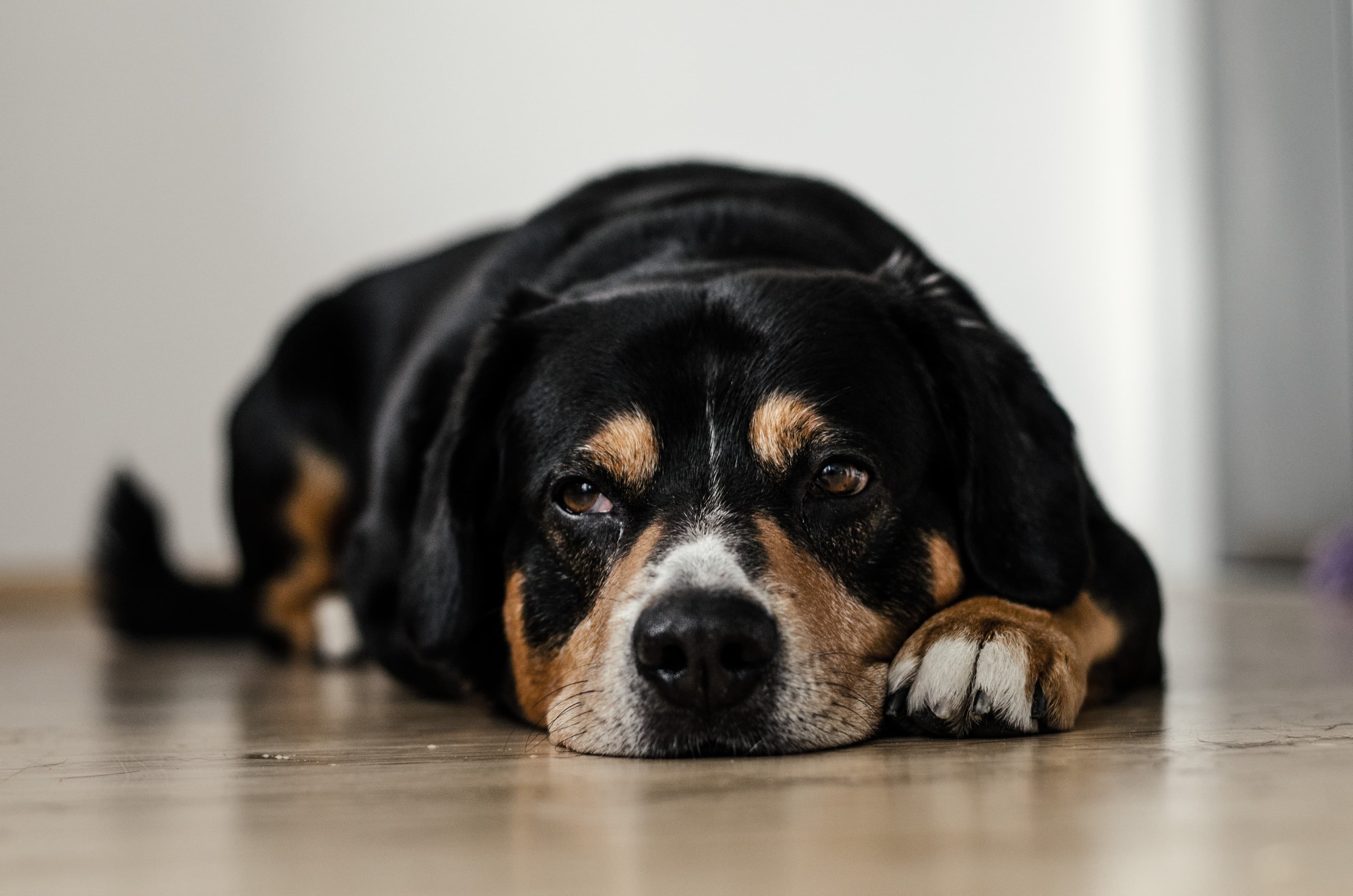Damp eczema and hot spots in dogs
Does your dog like to cool off in the sea or lake in summer? Does your dog have a thick and dense coat? If so, your dog may be particularly vulnerable to moisture eczema during the summer months. Here you can learn more about how to prevent hot spots and what to do if you suspect your dog is affected.
What is eczema?
Damp eczema, wet eczema or "hot spots" are all terms used for eczema on your dog's skin that causes a superficial skin inflammation. The eczema is caused by an increased growth of the dog's normal bacterial flora. The eczema forms a watery secretion that can dry to crusts on the dog's skin and can sometimes be mistaken for small sores.
Why does eczema occur?
Bacteria thrive when it's warm and humid, which is why dogs with thick coats who bathe frequently often get eczema. They can also occur if the dog frequently gnaws, licks or scratches the skin and coat for any reason.
What can I do to prevent eczema?
Some dogs get eczema more easily than others, but we don't know why. However, there are a few things you can do to reduce the risk of your dog getting it. If you have a dog that likes to swim outdoors during the summer, it's a good idea to try to dry your dog as much as possible afterwards. Sometimes the bath water itself can cause problems, so try rinsing your dog off in the shower after a swim. If your dog has a thick, long coat, shaving or clipping your dog during the summer can help.
What should I do if I suspect my dog is affected?
It's not always wet eczema needs to be seen at by a vet, but many times you can try treating at home first.
Follow these steps if you think your dog has wet eczema:
Shave or clip clean areas of eczema from the fur down to the skin. Carefully feel all over your dog for crusts/eczema. Be sure to have a good margin of healthy skin as all eczema needs to be treated. If any are left, they can quickly multiply. Cut/shave too much rather than too little!
Shampoo the area with a bactericidal shampoo or mousse containing chlorhexidine.
There are several dog shampoos available over the counter from pharmacies or veterinary clinics. Remember that shampoos containing chlorhexidine should be left on the skin for at least 10 minutes to have a germicidal effect. If you have an impatient dog, a mousse may be an easier option as it does not need to be rinsed off.If the dog is scratching/licking the area, you may need to put a collar on the dog, as licking adds moisture and bacteria and makes it harder for the eczema to heal out.
published
When should I contact a vet?
Contact a vet if your dog appears to be in pain from its eczema or is not responding to treatment. If your dog has recurring problems with eczema, you should also make an appointment as there may be an underlying cause for your dog to be affected, such as allergies.






